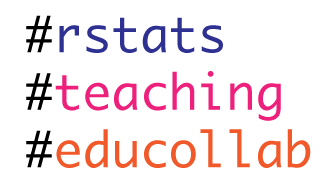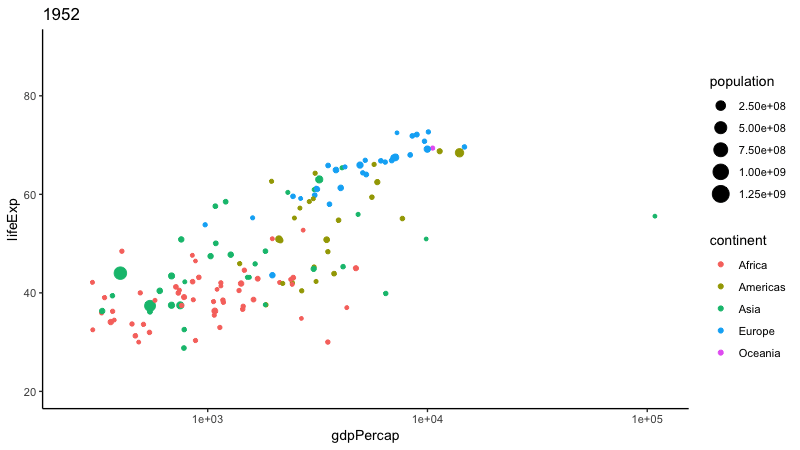
In this technote I will outline what phylotaR was developed for, how to install it and how to run it with some simple examples.What is phylotaR? In any phylogenetic analysis it is important to identify sequences that share the same orthology – homologous sequences separated by speciation events. This is often performed by simply searching an online sequence repository using sequence labels.





